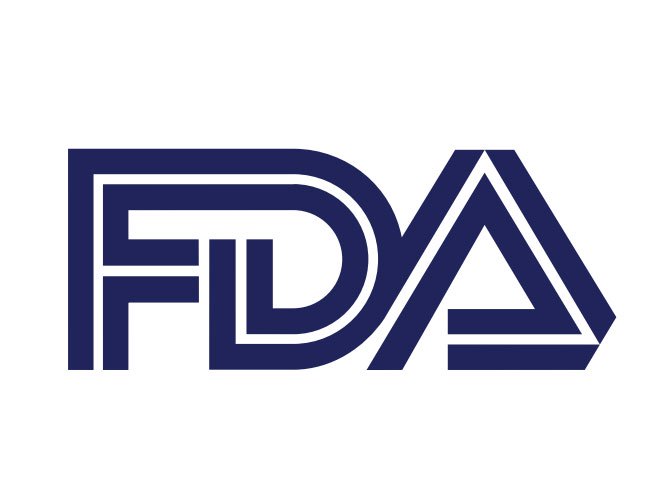The first article provides an overview of the approach applied by the FDA to applications for marketing approval for new medical devices in terms of determining their substantial equivalence to the products that are already present on the market.

Table of Contents
The Food and Drug Administration (FDA or the Agency), the US regulating authority in the sphere of healthcare products, has published a guidance document dedicated to the evaluation of substantial equivalence in the context of the Premarket Notification (510(k)) framework. The document is intended to provide additional clarifications regarding the applicable regulatory requirements, as well as recommendations to be taken into consideration by medical device manufacturers or other parties applying for marketing approval. The authority also mentions that the provisions of the guidance are non-binding, and are not intended to introduce new rules or impose new obligations. Moreover, an alternative approach could be applied, provided such an approach is in line with the existing legislation which governs the associated matters.
Guidance on Substantial Equivalence: Expected Regulatory Impact
As it is stated by the Agency, this guide intends to identify, explain, and clarify each of the critical decision points in the decision-making process the FDA uses to determine substantial equivalence. As it was mentioned before, the document changes neither the regulatory requirements, not the approach to be applied by the authority when reviewing the respective submissions. The authority expects the recommendations provided therein would improve transparency and predictability of the regulatory procedures by clarifying the most important aspects.
The authority also mentions that while the draft of the present guidance initially contained sections dedicated to special regulatory frameworks, such as Special and Abbreviated 510(k) programs, it was later decided to address these matters in separate documents.

Regulatory Background
First of all, the guidance provides additional details on existing legislation, as well as the current classification for medical devices as set forth therein. Under the general rule, all medical devices are divided into three categories (classes). The determination of a particular class medical device in question should be assigned to should be based on the risks associated with the device, as well as regulatory controls to be imposed to ensure its safety and effectiveness when used for the intended purpose. Thus, the regulatory requirements the device will be subject to would also depend on its class under the aforementioned risk-based classification.
According to the guidance, all medical devices should be classified as follows:
- Class I: Devices are subject to a comprehensive set of regulatory authorities called general controls that apply to all classes of devices.
- Class II: Devices for which general controls, by themselves, are insufficient to provide reasonable assurance of the safety and effectiveness of the device, and for which there is sufficient information to establish special controls to provide such assurance.
- Class III: Devices for which general controls, by themselves, are insufficient and for which there is insufficient information to establish special controls to provide reasonable assurance of the safety and effectiveness of the device. Class III devices typically require premarket approval.
As it is further explained by the Agency, premarket notification stands for the procedure in the course of which a medical device subject to review is assigned to one of the classes listed hereinabove. If, due to the class of the device and based on respective regulatory requirements, a Premarket Approval application (PMA) is not required, an interested party would have to submit a premarket notification. In certain cases, medical devices could be also subject to exemptions from these requirements – such cases and respective eligibility criteria are explicitly outlined in the applicable legislation. According to the applicable legislation, a manufacturer must submit a 510(k) [premarket notification] to FDA at least 90 days before introducing or delivering for introduction, a device into interstate commerce for commercial distribution so the Agency can determine whether or not the device meets the criteria for market clearance. In such a case, the decision the authority will make will be based on the determination of whether a new (or modified) device intended to be placed in the market is substantially equivalent (SE) to a similar medical device already placed on the market (predicate). Once substantial equivalence is confirmed, the authority will issue a respective clearance indicating that the device submitted for review is allowed for marketing and use in the US since it is deemed to be SE.
The 510(k) Classification Process in Brief
Concerning existing medical device classification rules the authority additionally emphasizes that any newly developed (or significantly modified) medical device by default is considered to be a Class III medical device. Hence, additional reclassification would be required to confirm that the device should be assigned to Class I or Class II instead. Should the authority determine that the new device is substantially equivalent to the one already placed on the market, it will be assigned to the same class as the latter, and the same requirements would be applicable. At the same time, should it be determined that the new device is not substantially equivalent, it would be considered a Class III medical device and subject to respective regulatory requirements. As explained by the Agency, 510(k) review is both the mechanism by which a manufacturer seeks marketing authorization for a new device and by which FDA classifies devices into their appropriate regulatory category. Since existing medical device classification is based on associated risks, the determination process should be based on the assessment of safety- and performance-related matters to make a decision on the regulatory controls the device should be subject to.
The 510(k) Program: Evolution
As it is mentioned in the guidance, the existing 510(k) program was subject to certain changes reasonably necessary to ensure it remains reliable and valid in the context of changes to the medical devices and technologies associated thereto. Consequently, the authority reserves the right to modify the present guidance, should it be necessary to reflect the changes to respective legislation.
As a part of these changes and improvements, new pathways were introduced: Special 510(k) and Abbreviated 510(k). The authority states that additional clarifications and recommendations related to these frameworks are provided in the respective guidance documents.
In summary, the present guidance provides an overview of the regulatory approach to evaluating substantial equivalence to an existing medical device to determine the regulatory controls to be applied. The document describes an existing risk-based classification for medical devices and explains the way it should be interpreted and applied.
Sources:
How Can RegDesk Help?
RegDesk is a next-generation web-based software for medical device and IVD companies. Our cutting-edge platform uses machine learning to provide regulatory intelligence, application preparation, submission, and approvals management globally. Our clients also have access to our network of over 4000 compliance experts worldwide to obtain verification on critical questions. Applications that normally take 6 months to prepare can now be prepared within 6 days using RegDesk Dash(TM). Global expansion has never been this simple.

